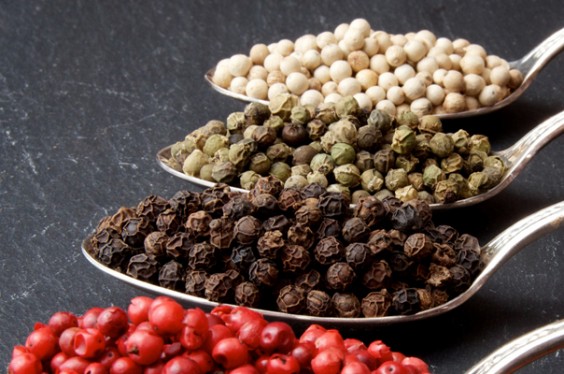THE ULTIMATE GUIDE TO SPICES
We’ve already delved into the green world of fresh herbs, but now it’s time to dust off the old spice jars to find out why they’re good for us and how to use them. Pepper may be the only one you’re used to, but we’ve got the specifics on more spices, and spice blends, to flavor healthy meals from breakfast to dessert.

THE HOW-TOS
Buy whole.
Whole spices last longer than ground versions, but you’ll need a grinder. A mortar and pestle or a dedicated coffee grinder work like a charm!
Keep in a cool, dry place.
Keep spices away from heat, moisture, and direct sunlight. Avoid tacking a spice rack above the stovetop or oven — heat and moisture can negatively affect spices’ quality. And when sprinkling spices into a dish, pour into your hand before adding them to food: Shaking the jar directly over a steaming pot can cake up the rest of its contents. Another stay-dry tip is to replace the lid immediately after use.
Toss the old ones.
Spices don’t actually go bad per se, but they lose flavor as they age. Whole seeds last around three to four years, while ground has a shelf life of two to three years. If a spice looks dull and has lost some of its original color, then give it the boot. And make sure to date the back of the bottle to keep tabs on when it’s time to buy new ones.
Store creatively.
Instead of teetering spice jars on top of one another in a crammed pantry, check out some innovative ways to store them, like in-drawer racks, mini-mason jars for a pretty wall installment, or even corked test tubes!
THE SPICES
Allspice

This spice was first named Jamaican pepper and later changed to allspice which, just like its name implies, tastes like a mixture of nutmeg, cinnamon, ginger, and pepper. Research suggests that some compounds found in allspice — including eugenol and gallic acid — may have anti-tumor properties on human cancer cells [1] [2].
Taste: Like a strong blend of cinnamon, nutmeg, and clove, a hint peppery
Perfect For: German and Caribbean cuisine, cakes, cookies, stew, lamb, fruit pies, pickles
Greatist Recipe Pick: Add to this cold-weather quinoa breakfast bake or incorporate a pinch into these comforting baked apples.
Cardamom
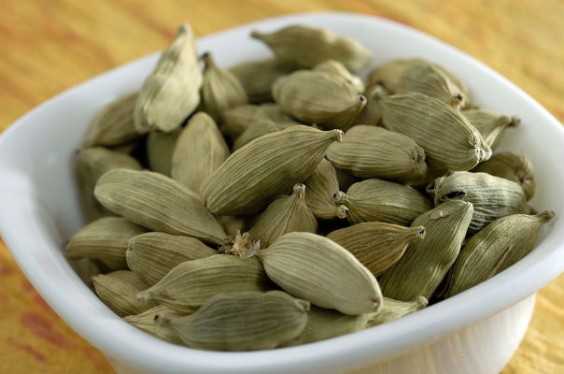 Photo by Tammy McAllister
Photo by Tammy McAllister
 Photo by Tammy McAllister
Photo by Tammy McAllister
Cardamom may have the potential to prevent against some small, potentially-cancerous skin growths, called papillomas [3]. This spice is also one of the main components in chai tea.
Taste: Warm, spicy, sweet
Perfect For: Scandinavian and Indian cuisine, chai tea
Greatist Recipe Pick: Take boring smoothies to new (spicy) heights by adding cardamom to a coconut-lime, vanilla chai, or apple pie rendition. We also like cardamom in this pumpkin pie oatmeal.
Cayenne Pepper
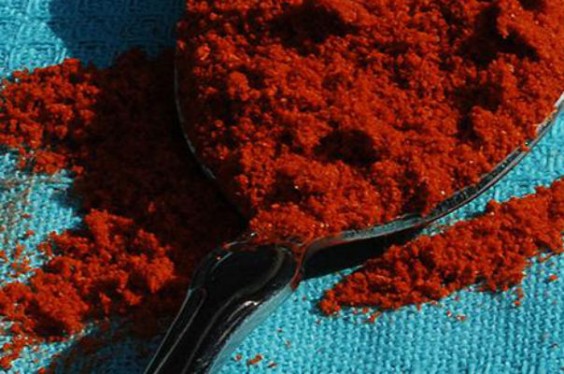
Photo by Jess Ivy
Alias: Red pepper. Studies suggest this fiery spice, which gets its flavor from capsaicin, may increase fat oxidation, allowing the body to better use fat as fuel [4] [5].
Taste: Hot, smoky
Perfect For: Mexican and Southwestern cuisine, chili, eggs, fish, vegetables
Cinnamon
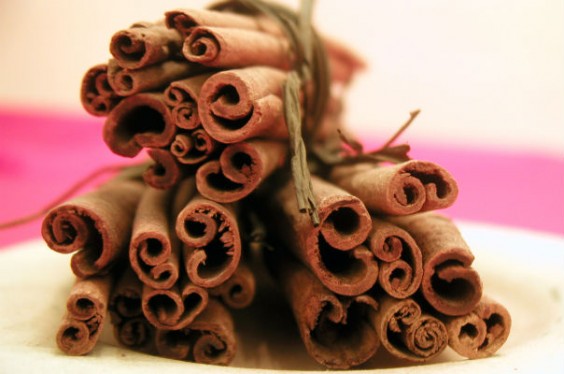
This spice, which compliments both sweet and savory dishes, has a range of health benefits from reducing arthritis pain to keeping the mouth clean [6] [7].Add cinnamon to morning coffee instead of sugar for guilt-free flavor.
Taste: Sweet, hot
Perfect For: Mexican and Greek cuisine, grilled fruit, curries, cakes, oatmeal
Greatist Recipe Pick: Add to super simple crockpot recipes like apple-cinnamon breakfast risotto or homemade pumpkin butter for no-fuss flavor.
Clove
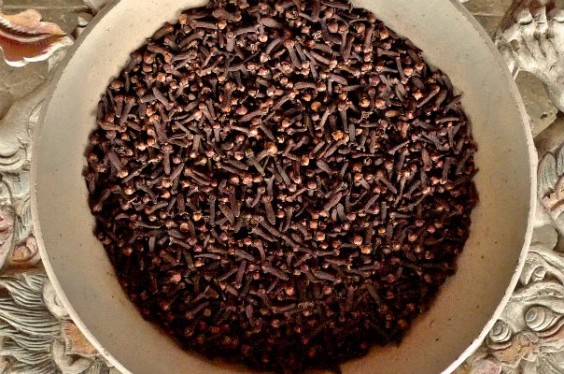
Cloves, which are dried flower buds, provide a burst of flavor even in small amounts. One study found cloves to be the best natural antioxidant because they contain high levels of phenolic compounds, as well as other beneficial properties [8]. Another study suggests that clove oil may decrease depression in a similar way to psychostimulant drugs (like aderall) [9].
Taste: Aromatic, sweet
Perfect For: Caribbean and Indian cuisine, pineapple, meats, soups, pork, mulled wine, chutneys
Cumin
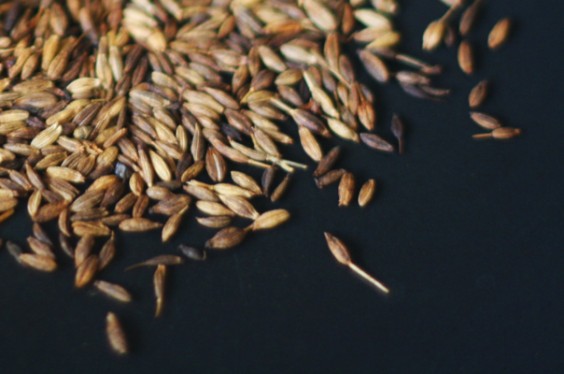
Be careful not to douse a dish with this powerful spice — a little goes a long way. Aside from providing great flavor, this spice has traditionally been used for the treatment of sleep disorders, indigestion, and hypertension [10].
Taste: Earthy, warm, nutty
Perfect For: Mexican and Asian cuisine, beans, stews, soups, tacos, and sauces
Greatist Recipe Pick: Use cumin to warm up this chickpea, kale, and tomato soup or incorporate it into this chili spice rub.
Fennel
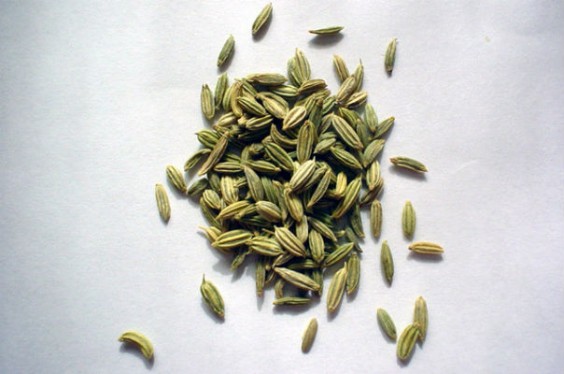
Traditional Iranian medicine calls on fennel for its antioxidant, anti-inflammatory, antimicrobial, and memory-enhancing properties (amongst many others) [11].
Taste: Licorice-like
Perfect For: Italian cuisine, sausage, bread, fish, pork, pasta
Ginger
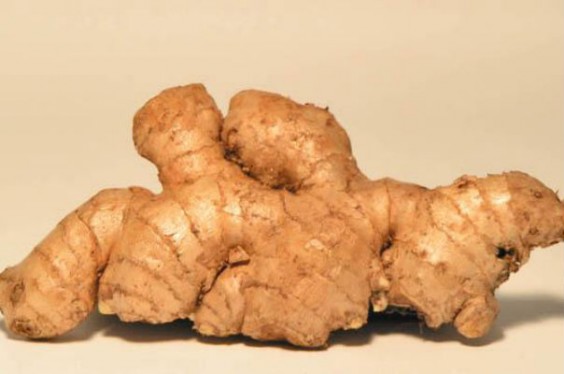
Photo by Marissa Angell
Slightly spicy, slightly sweet ginger root is used in cooking both in its fresh and dried and ground forms. It has been used to treat nausea, ease sore muscles, and help alleviate symptoms of arthritis [12] [13] [14] [15].
Taste: Spicy, sweet, slight citrus flavor
Perfect For: Asian, Indian, and Middle Eastern cuisine, marinades, squash, desserts, oats, hot tea, gingerbread, pickled ginger
Mustard Powder
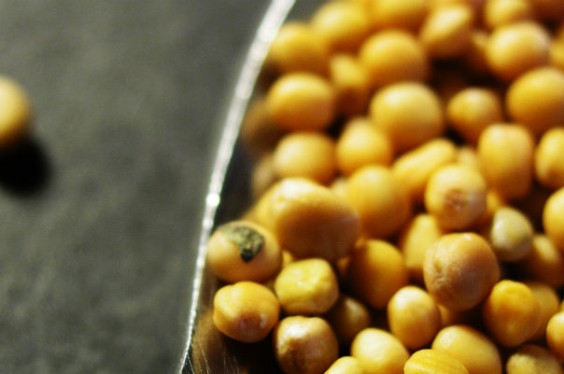
Mustard powder, made from ground mustard seeds, is often used to make homemade mayo, dressings, and marinades. Adding powdered mustard seeds to broccoli during cooking may increase its ability to prevent the development of cancer [16].
Taste: Often spicy and stronger in flavor than jarred mustard.
Perfect For: German cuisine, vegetables, seafood, salad dressings, stews
Nutmeg
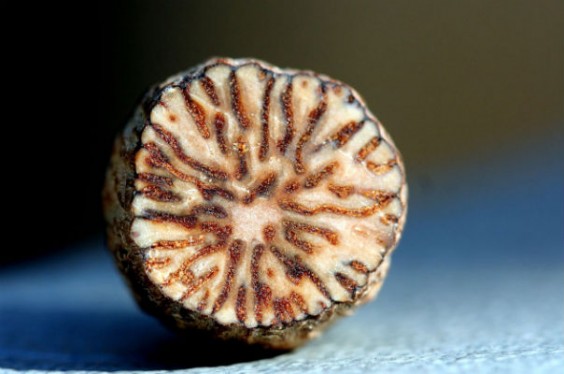
Photo: Tracy27
We like to use this spice to make healthier pie (adding more flavor means you can cut back on the fat and sugar). Some studies suggest nutmeg can help repel cavities (not that we fully endorse eating the whole pie in one sitting) [17].
Taste: Warm, sweet, nutty, spicy
Perfect For: Cakes, sauces, spinach, cookies, milk or cream-based dishes like custards or puddings, eggnog
Greatist Recipe Pick: Indian, French, Scandinavian, and Caribbean cuisine. Use it as an unexpected way to flavor up this crustless vegetable quiche or blend into this chocolate blueberry smoothie.
Paprika
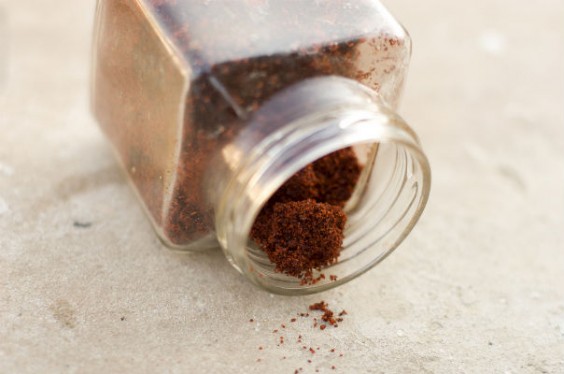
Photo: shyb
This bright red spice is made from dried and ground mild chili peppers. For those who can’t handle the heat, there’s no need to get out of the kitchen — paprika provides a toned down, more smoky chili flavor. One health benefit of paprika is its ability to protect the body’s cells from oxidative stress (for example, smoking), which is believed to cause a number of diseases [18].
Taste: Mild, sweet, some may be hotter than others
Perfect For: German and Spanish cuisine, eggs, seafood, vegetables, goulash
Greatist Recipe Pick: Sprinkle some paprika to add color to these baked "potato" wedges (made from celery root).
